SOMEONE I KNOW HAS BEEN DIAGNOSED WITH A LIFE LIMITING DISEASE; HOW CAN I GET HIM/HER HELP?
Anyone, whether a family member, patient, friend, physician or healthcare professional, may make a referral to Capital Caring. Referrals are confidential. If you know of someone, call our referral line at 1-800-869-2136 with a name, address, phone number and medical problem. Capital Caring will then follow up with information on our services.
ARE HOSPICE SERVICES ONLY FOR THE ELDERLY
No. People of all ages, including infants may receive our care.
CAN I STILL USE MY OWN DOCTORS?
Yes. Your doctor becomes part of our team. We will communicate and work with them daily.
WHAT IF I WANT TO DRIVE AND I'M NOT READY TO HOMEBOUND?
You can. To qualify for hospice, you DO NOT have to be homebound. We want you to live your life to the fullest. We encourage patients to go out and do what they feel up to, and what brings them joy. We will even try to facilitate your activities.
WHERE IS CARE PROVIDED?
In a setting that best suits the needs of the patient and caregivers. Care may be provided at home, inpatient facilities, or a combination of sites.
IF I AM IN HOSPICE AND BEING CARED FOR AT HOME, AM I ALLOWED TO GO TO THE HOSPITAL?
Yes. Every effort is made to keep a patient at home and pain-free, however a time may arise when a patient needs urgent care. In those instances, the hospice nurse is called, the situation assessed, and if needed, transportation is arranged to go to the hospital.
WHY WOULD HOSPICE APPEAL TO A LOVED ONE OR ME?
Hospice is special because it concentrates on care, not cure. It enables people with a terminal illness to make decisions about how and where they want to spend the rest of their lives. Hospice Care treats the whole patient. The family is viewed as part of the unit of care. It emphasizes pain control and living life fully.
HOW IS HOSPICE PAID FOR?
Our services are generally covered by Medicare and Medicaid. Private insurance generally follows the lead of these governmental payers, with small contractual co-payments as outlined in your plan.
WHEN IS THE RIGHT TIME TO ASK ABOUT HOSPICE?
Now is the best time to learn more about hospice and ask questions about what to expect from hospice services. Although end-of-life care may be difficult to discuss, it is best for family members to share their wishes long before it becomes a concern. This can greatly reduce stress when the time for hospice is needed. By having these discussions in advance, patients are not forced into uncomfortable situations. Instead, patients can make an educated decision that includes the advice and input of family members and loved ones.
HOW DOES HOSPICE CARE BEGIN?
Typically, hospice care starts as soon as a formal request or a ‘referral’ is made by the patient’s doctor. Often a hospice program representative will make an effort to visit the patient within 48 hours of that referral, providing the visit meets the needs and schedule of the patient and family/primary caregiver. Usually, hospice care is ready to begin within a day or two of the referral. However, in urgent situations, hospice services may begin sooner.
WILL I BE THE ONLY HOSPICE PATIENT THAT THE HOSPICE STAFF SERVES?
Every hospice patient has access to a hospice volunteer, registered nurse, social worker, home health aide, and chaplain (also known as the interdisciplinary team). For each patient and family, the interdisciplinary team writes a care plan with the patient/family that is used to make sure the patient and family receive the care they need from the team. Typically, full-time registered nurses provide care to about a dozen different families. Social workers usually work with about twice the number of patients/families as nurses. If needed, home health aides, who provide personal care to the patient, will visit most frequently. All visits, however, are based on the patient and family needs as described in the care plan and the condition of the patient during illness. The frequency of volunteers and spiritual care is often dependent upon the family request and the availability of these services. Travel requirements and other factors may cause some variation in how many patients each hospice staff serves.
IS HOSPICE AVAILABLE AFTER HOURS?
Hospice care is available ‘on-call’ after the administrative office has closed, seven days a week, 24 hours a day. Most hospices have nurses available to respond to a call for help within minutes, if necessary. Some hospice programs have chaplains and social workers on call as well.
HOW DOES HOSPICE WORK TO KEEP THE PATIENT COMFORTABLE?
Many patients may have pain and other serious symptoms as illness progresses. Hospice staff receives special training to care for all types of physical and emotional symptoms that cause pain, discomfort and distress. Because keeping the patient comfortable and pain-free is an important part of hospice care, many hospice programs have developed ways to measure how comfortable the patient is during their stay in hospice. Hospice staff works with the patient’s physician to make sure that medication, therapies, and procedures are designed to achieve the goals outlined in the patient’s care plan. The care plan is reviewed frequently to make sure any changes and new goals are in the plan.
WHAT ROLE DOES THE HOSPICE VOLUNTEER SERVE?
Hospice volunteers are generally available to provide different types of support to patients and their loved ones including running errands, preparing light meals, staying with a patient to give family members a break, and lending emotional support and companionship to patients and family members.Because hospice volunteers spend time in patients’ and families’ homes, each hospice program generally has an application and interview process to assure the person is right for this type of volunteer work. In addition, hospice programs have an organized training program for their patient care volunteers. Areas covered by these training programs often include understanding hospice, confidentiality, working with families, listening skills, signs and symptoms of approaching death, loss and grief and bereavement support.
CAN I BE CARED FOR BY HOSPICE IF I RESIDE IN A NURSING FACILITY OR OTHER TYPE OF LONG-TERM CARE FACILITY?
Hospice services can be provided to a terminally ill person wherever they live. This means a patient living in a nursing facility or long-term care facility can receive specialized visits from hospice nurses, home health aides, chaplains, social workers, and volunteers, in addition to other care and services provided by the nursing facility. The hospice and the nursing home will have a written agreement in place in order for the hospice to serve residents of the facility.
WHAT HAPPENS IF I CANNOT STAY AT HOME DUE TO MY INCREASING CARE NEED AND REQUIRE A DIFFERENT PLACE TO STAY DURING MY FINAL PHASE OF LIFE?
A growing number of hospice programs have their own hospice facilities or have arrangements with freestanding hospice houses, hospitals or inpatient residential centers to care for patients who cannot stay where they usually live. These patients may require a different place to live during this phase of their life when they need extra care. However, care in these settings is not covered under the Medicare or Medicaid Hospice Benefit. It is best to find out, well before hospice may be needed, if insurance or any other payer covers this type of care or if patients/families will be responsible for payment.
DO STATE AND FEDERAL REVIEWERS INSPECT AND EVALUATE HOSPICES?
Yes. There are state licensure requirements that must be met by hospice programs in order for them to deliver care. In addition, hospices must comply with federal regulations in order to be approved for reimbursement under Medicare. Hospices must periodically undergo inspection to be sure they are meeting regulatory standards in order to maintain their license to operate and the certification that permits Medicare reimbursement.
HOW CAN I BE SURE THAT QUALITY HOSPICE CARE IS PROVIDED?
Many hospices use tools to let them see how well they are doing in relation to quality hospice standards. In addition, most programs use family satisfaction surveys to get feedback on the performance of their programs. To help hospice programs in making sure they give quality care and service, the National Hospice and Palliative Care Organization has developed recommended standards entitled ‘Standards of Practice for Hospice Programs’ as one way of ensuring quality.There are also voluntary accreditation organizations that evaluate hospice programs to protect consumers. These organizations survey hospices to see whether they are providing care that meets defined quality standards. These reviews consider the customary practices of the hospice, such as policies and procedures, medical records, personal records, evaluation studies, and in many cases also include visits to patients and families currently under care of that hospice program. A hospice program may volunteer to obtain accreditation from one of these organizations.Accordion Content


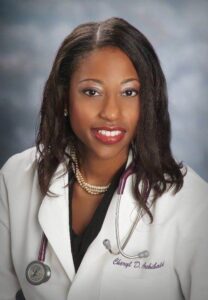 Dr. Cheryl-Lynne McCalla, DO
Dr. Cheryl-Lynne McCalla, DO Kathleen Ramkaran, RN, CCM
Kathleen Ramkaran, RN, CCM Hali Gantumur
Hali Gantumur Yasmin
Yasmin  Jennifer Olsen GNP-BC
Jennifer Olsen GNP-BC Meena Raj, MD,
Meena Raj, MD, 

 Kimberly Grove
Kimberly Grove
 Pat Bishop
Pat Bishop Elizabeth Ariemma
Elizabeth Ariemma Ray Jay Garcia, M.D.
Ray Jay Garcia, M.D.
 Heidi Young
Heidi Young Matt Kestenbaum
Matt Kestenbaum
 Anne Silao-Solomon, M.D.
Anne Silao-Solomon, M.D. Matthew Irwin, M.D., M.S.W.
Matthew Irwin, M.D., M.S.W. Catherine McGrady, RN, MSN, is Vice President, Clinical Programs at Capital Caring Health. In this role she is responsible for the development, implementation, and monitoring of clinical programs in support of high-quality patient-centered care delivery across the continuum of services. Catherine also manages external partnerships including Capital Caring Health’s participation in ACOs and other value-based clinical programs
Catherine McGrady, RN, MSN, is Vice President, Clinical Programs at Capital Caring Health. In this role she is responsible for the development, implementation, and monitoring of clinical programs in support of high-quality patient-centered care delivery across the continuum of services. Catherine also manages external partnerships including Capital Caring Health’s participation in ACOs and other value-based clinical programs Jason Sobel, MD
Jason Sobel, MD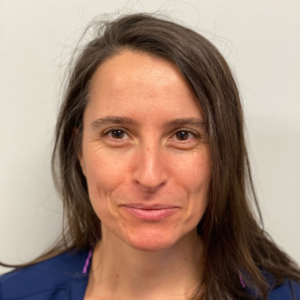 Kremena Bikov
Kremena Bikov Stacy Brown
Stacy Brown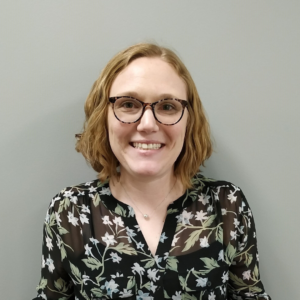 Jackie Gouline
Jackie Gouline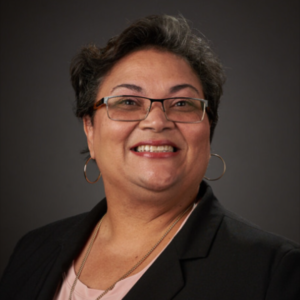 Susan Roberts
Susan Roberts Brenan Nierman
Brenan Nierman Annette Lindsay
Annette Lindsay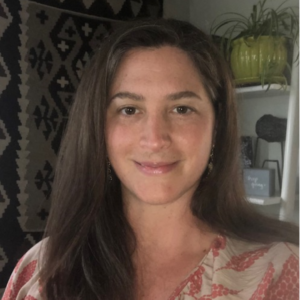 Shannon Collier
Shannon Collier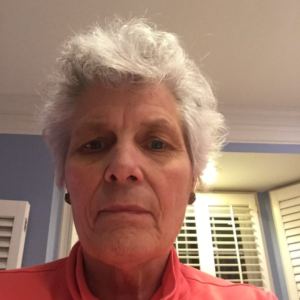 Carla Thompson
Carla Thompson Gabby True
Gabby True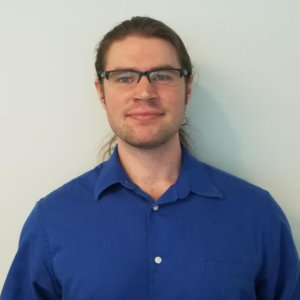 Evan Kirschner
Evan Kirschner Margaret Doherty
Margaret Doherty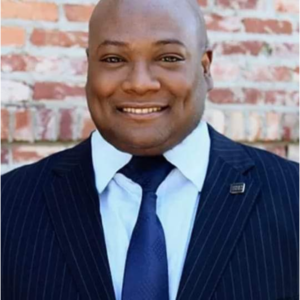 Henry Fuller
Henry Fuller Jennifer Godwin
Jennifer Godwin Sally Hughes
Sally Hughes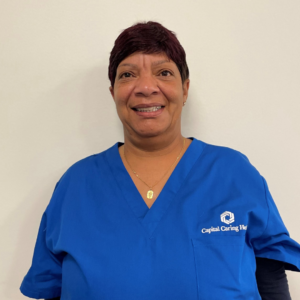 LaWanda Middleton
LaWanda Middleton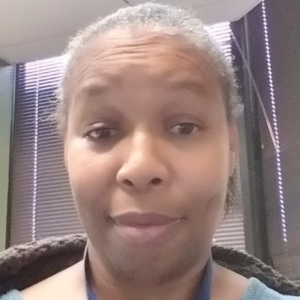 Hope Collazo
Hope Collazo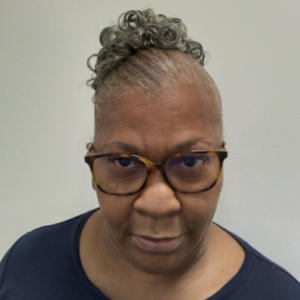 Odessa Simpson
Odessa Simpson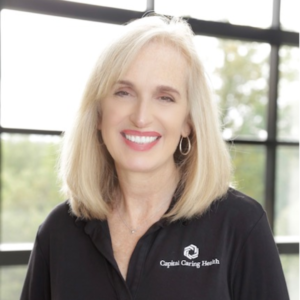 Anne Young
Anne Young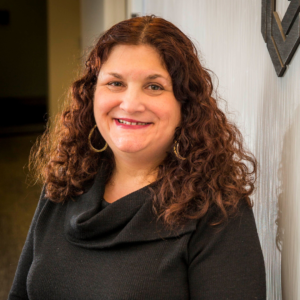 Sherri Parker
Sherri Parker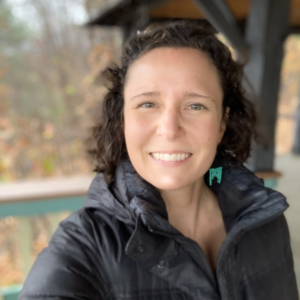 Catherine Kravolec
Catherine Kravolec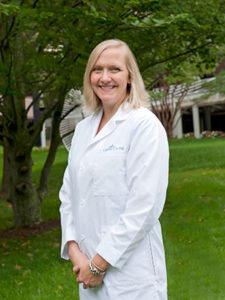 Heidi Young, M.D.
Heidi Young, M.D.
 Hank Willner, M.D.
Hank Willner, M.D. Audrey Easaw
Audrey Easaw Julia Feldman
Julia Feldman Gus has been a part of the Capital Caring Health family for nearly fifteen years. Ten of those years have been in leadership, working with colleagues and co-workers to achieve the best in their ability while promoting CCH core values. Gus has a background in nursing and a lifelong passion for technology. In each position at CCH, Gus has found ways to integrate technology to enhance outcomes and job satisfaction.
Gus has been a part of the Capital Caring Health family for nearly fifteen years. Ten of those years have been in leadership, working with colleagues and co-workers to achieve the best in their ability while promoting CCH core values. Gus has a background in nursing and a lifelong passion for technology. In each position at CCH, Gus has found ways to integrate technology to enhance outcomes and job satisfaction.
 Linda Biedrzycki
Linda Biedrzycki Joe Murray
Joe Murray Lin Maurano
Lin Maurano Laura Branker
Laura Branker Cameron Muir, M.D.
Cameron Muir, M.D. Cameron Muir, M.D.
Cameron Muir, M.D. Fellowship
Fellowship Lee-Anne West, M.D.
Lee-Anne West, M.D.
 Steve Cone
Steve Cone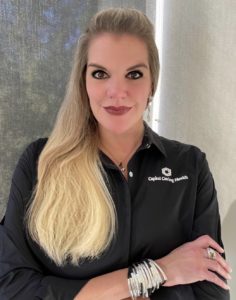

 Kieran Shah
Kieran Shah Altonia Garrett
Altonia Garrett Jason Parsons
Jason Parsons Nancy Cook
Nancy Cook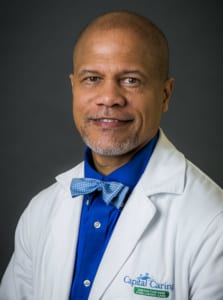 Michael Byas-Smith, M.D.
Michael Byas-Smith, M.D. Olubukola Bolaji, M.D.
Olubukola Bolaji, M.D. Jennifer Gerhard, D.O.
Jennifer Gerhard, D.O.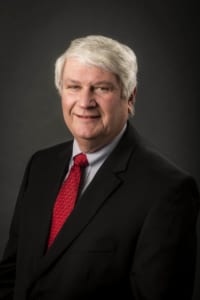 Hershell Foster
Hershell Foster Michael Toohig’s Story
Michael Toohig’s Story Liberating Europe
Liberating Europe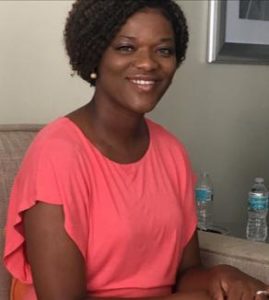 Marrygold Ugorji’s Story
Marrygold Ugorji’s Story Sherri Parker, Team Leader Medical Social Worker
Sherri Parker, Team Leader Medical Social Worker Colleen Carberry, RN Case Manager
Colleen Carberry, RN Case Manager Paulette Davidson, Chaplain
Paulette Davidson, Chaplain Donna Smith
Donna Smith Tabitha Gingerich, NP
Tabitha Gingerich, NP Dwayne Barton, NP
Dwayne Barton, NP Caitlin Geary
Caitlin Geary Sayaka Hanada
Sayaka Hanada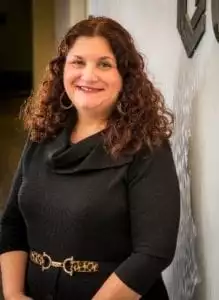 Sherri Parker
Sherri Parker
 Mandy Brouillard
Mandy Brouillard Tamara Barnes, M.D.
Tamara Barnes, M.D.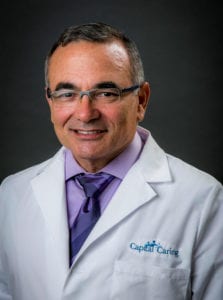 Alan Goldblatt, M.D.
Alan Goldblatt, M.D. Amanda Keerbs, M.D.
Amanda Keerbs, M.D.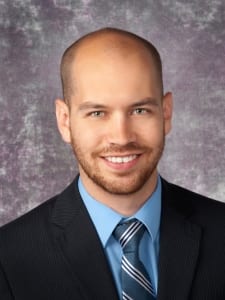 Adam Knudson, M.D.
Adam Knudson, M.D. Peyman Mamdouhi, D.O.
Peyman Mamdouhi, D.O. John McCue, D.O.
John McCue, D.O. Christopher Pile, M.D.
Christopher Pile, M.D. Maleeha Ruhi, M.D.
Maleeha Ruhi, M.D. Mohammad Saleem, M.D.
Mohammad Saleem, M.D. Jason Sobel, M.D.
Jason Sobel, M.D. Carolyn Richar
Carolyn Richar Susan Boris
Susan Boris Keith Everett
Keith Everett Vivian Hsia-Davis
Vivian Hsia-Davis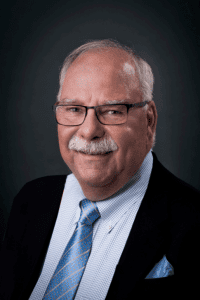 David Schwind
David Schwind Eric De Jonge, M.D.
Eric De Jonge, M.D. Melissa McClean, N.P.
Melissa McClean, N.P. Shaz Anwar, D.O.
Shaz Anwar, D.O. Petros
Petros  Neil Parker’s Story
Neil Parker’s Story Sulaiman Bangura’s Story
Sulaiman Bangura’s Story Steven Skobel’s Story
Steven Skobel’s Story